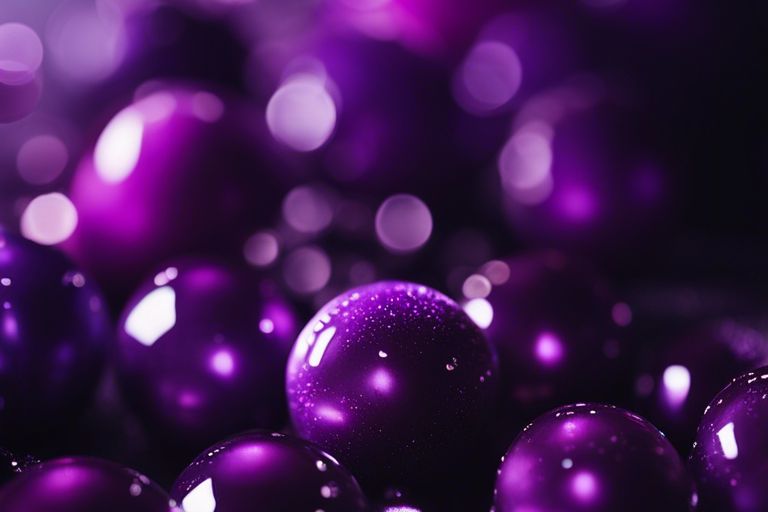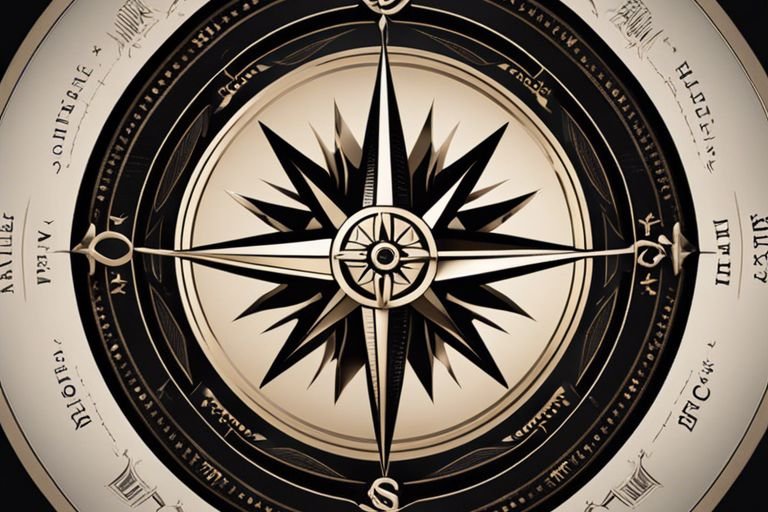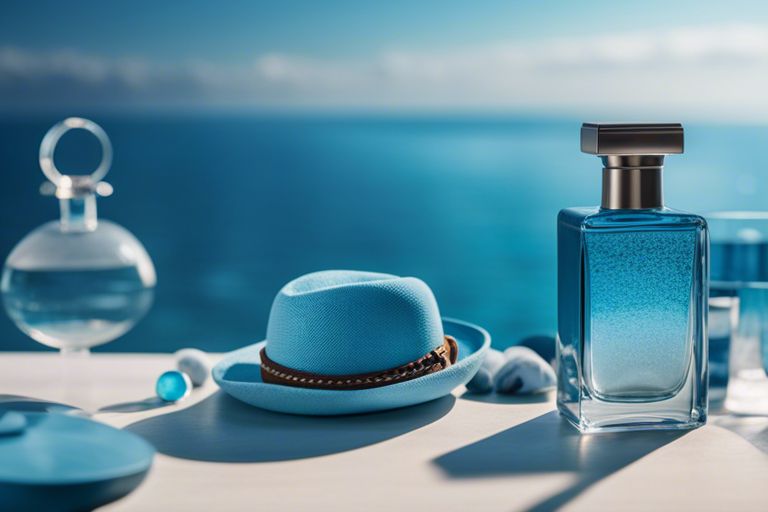What Does The Color Purple Mean?
With its rich history and symbolism, the color purple carries a sense of mystery, royalty, and spirituality. In this informative post, you will explore into the significance of the color purple, explore its cultural meanings, and uncover how this hue has long been intertwined with power, creativity, and magic. Let’s unlock the secrets behind the enigmatic shade of purple and discover its hidden depths.
Key Takeaways:
- Spirituality and energy: The color purple is often associated with spiritual healing and energy balance.
- Royalty and luxury: Purple has long been linked to royalty, nobility, and luxury due to its historical rarity and association with power.
- Mystery and creativity: Purple also represents mystery, creativity, and imagination, making it a versatile and intriguing color choice.

Historical Significance
Ancient Civilizations
Before the color purple became associated with royalty and luxury, it held significant importance in ancient civilizations such as Egypt, where it was often linked to spirituality and royalty. The process of extracting purple dye from sea snails was labor-intensive, making it a rare and expensive color to produce. As a result, purple garments were reserved for the elites and those in positions of power.
Royal Connections
On the other hand, purple’s association with royalty dates back to ancient Rome, where only the Emperor was allowed to wear clothing dyed with Tyrian purple. This prestigious color symbolized power, wealth, and status, creating a strong connection between purple and royalty that has stood the test of time.
Connections between the color purple and royalty can also be found in other cultures around the world. For example, in Japan, the Empress and members of the imperial family traditionally wore purple as a symbol of their royal status. Similarly, in medieval Europe, purple was a color reserved for the nobility and high-ranking officials, reinforcing its association with power and authority.

Symbolism and Associations
Luxury and Opulence
On the color spectrum, purple is often associated with luxury, royalty, and opulence. In history, purple dye was rare and expensive to produce, making it a color reserved for the elite and noble. Therefore, when you see the color purple, it may evoke feelings of wealth, extravagance, and sophistication.
Creativity and Wisdom
On the other hand, purple is also linked to creativity and wisdom. The color stimulates the imagination and encourages original thought. It is often used in artistic settings to inspire innovation and spark creativity. Additionally, purple is associated with the crown chakra in yoga and meditation, representing spiritual enlightenment and inner wisdom.
It is no wonder that artists, writers, and thinkers often find themselves drawn to the color purple. Its balance of red’s stimulation and blue’s calmness creates a harmonious environment for introspection and creative expression.
Spirituality and Mysticism
On a deeper level, purple has strong ties to spirituality and mysticism. Throughout history, it has been connected to magic, mystery, and the supernatural. In various cultures and belief systems, purple is used to represent the divine, higher consciousness, and spiritual transformation.
The color purple can serve as a guide for those seeking spiritual growth and a deeper connection to the universe. Its mystical allure invites you to explore the unknown and embrace the magical possibilities that lie beyond the material world. Let the color purple be your gateway to spiritual enlightenment and inner peace.
Cultural Variations
Now, let’s explore how the color purple is perceived in different cultures around the world. Eastern and Western societies may have contrasting interpretations of this rich and regal hue.
Eastern Cultures
For Eastern cultures, purple holds distinct meanings that have evolved over centuries. In countries like Japan and China, purple symbolizes spirituality, healing, and royalty. It is often associated with mysticism and the supernatural, representing a connection to the divine and higher consciousness. In India, purple is linked to the crown chakra, the energy center related to wisdom and enlightenment. The color can be seen in traditional attire worn during religious ceremonies, signifying a reverence for the sacred.
Western Traditions
To Western traditions, purple has long been linked to power, wealth, and royalty. Historically, the color was reserved for nobility and clergy, symbolizing luxury and extravagance. In art and fashion, purple is often used to convey a sense of opulence and sophistication. The association with royalty stems from the expense of creating purple dye in ancient times, making it a status symbol for those in positions of authority. Today, purple is still seen as a color that exudes elegance and refinement.
This color symbolism can be observed in various Western cultural references. For example, in literature, purple is sometimes used to describe a sense of grandeur or superiority. In religious art, purple is commonly associated with religious figures of high importance, such as Jesus Christ or the Virgin Mary.

Psychological Impact
Emotional Responses
For many people, the color purple evokes a sense of mystery, creativity, and luxury. It is a color that can spark curiosity and stimulate the imagination. Any time you see the color purple, you might feel a sense of wonder or intrigue, as if you are being transported to a magical and enchanting place.
Mood and Atmosphere
With its rich and regal undertones, the color purple often sets a dramatic and sophisticated mood. When used in decor or fashion, it can add a touch of elegance and luxury to any space. Whether it’s a deep, velvety purple or a light lavender hue, the color can instantly elevate the atmosphere and create a sense of opulence.
Emotional and psychological studies have shown that the color purple can also have a calming effect on the mind and body. It is often associated with mindfulness and spirituality, making it a popular choice for meditation spaces and wellness products. So, if you’re looking to create a serene and tranquil environment, incorporating touches of purple might be just what you need.
Artistic Expressions
Visual Arts
Many artists have used the color purple to evoke various emotions and meanings in their work. Whether it’s a deep, rich shade or a more muted tone, purple can convey a sense of mystery, creativity, and spirituality. Any art piece that prominently features the color purple can make a bold statement and draw the viewer in with its enigmatic allure.
Music and Performance
Many musicians and performers have incorporated purple into their costumes and stage designs to add a touch of regal elegance or mystical charm to their shows. Whether it’s Prince’s iconic purple suit or the vibrant hues of a psychedelic light show, purple can heighten the sensory experience and create a sense of wonder and awe. Any musical performance that incorporates the color purple can take on a magical quality and leave a lasting impression on the audience.
One interesting fact about the color purple in music is that it can also symbolize rebellion and counterculture. In the 1960s, the Purple Haze music festival brought together a generation of young people who were pushing boundaries and challenging the status quo, with purple becoming a symbol of their nonconformity and free spirit.
Visual and auditory arts have a unique way of capturing the essence of the color purple and bringing its multifaceted meanings to life in captivating ways. Whether it’s through a vibrant painting, a mesmerizing performance, or a soul-stirring melody, the color purple continues to inspire and intrigue artists and audiences alike.
Modern Interpretations
Unlike in the past where purple was reserved for royalty, today, the color purple has taken on new meanings and interpretations in modern contexts.
Fashion and Design
One way that the color purple is interpreted in modern times is through fashion and design. Purple is often seen as a color that represents creativity, imagination, and individuality. Whether you’re wearing a purple outfit or incorporating purple hues into your home décor, this color can make a bold statement and add a touch of luxury to your surroundings.
Branding and Marketing
Modern businesses have also embraced the color purple for branding and marketing purposes. Companies use purple in their logos and branding materials to evoke feelings of sophistication, creativity, and luxury. Purple is often associated with high-end products and services, making it a popular choice for companies looking to attract a discerning and upscale clientele.
To leverage the power of the color purple in your own brand or marketing efforts, consider the message you want to convey to your audience. Whether you’re aiming for a sense of luxury, creativity, or individuality, incorporating purple into your branding could help you stand out and make a memorable impression on your target market.
To wrap up
With these considerations in mind, you now have a deeper understanding of the symbolism and significance of the color purple. From its historical ties to royalty and spirituality to its modern-day associations with creativity and mystery, purple carries a rich and nuanced meaning that can evoke various emotions and sentiments. Whether you are drawn to its regal allure or its mystical charm, the color purple invites you to explore its depths and embrace its complexity in your own life.
Q: What does the color purple symbolize?
A: Purple is often associated with royalty, luxury, power, and ambition. It can also represent creativity, wisdom, and spirituality.
Q: In which cultures or contexts is the color purple significant?
A: In Western cultures, purple is often linked to royalty and nobility due to its historical rarity and expense. In some Eastern cultures, purple can symbolize spirituality and mysticism.
Q: How can the color purple affect our emotions or behavior?
A: Purple is known to have a calming effect on the mind and can help to encourage creativity and inspiration. It is also said to promote a sense of luxury and extravagance. However, too much purple can sometimes evoke feelings of frustration or arrogance.






